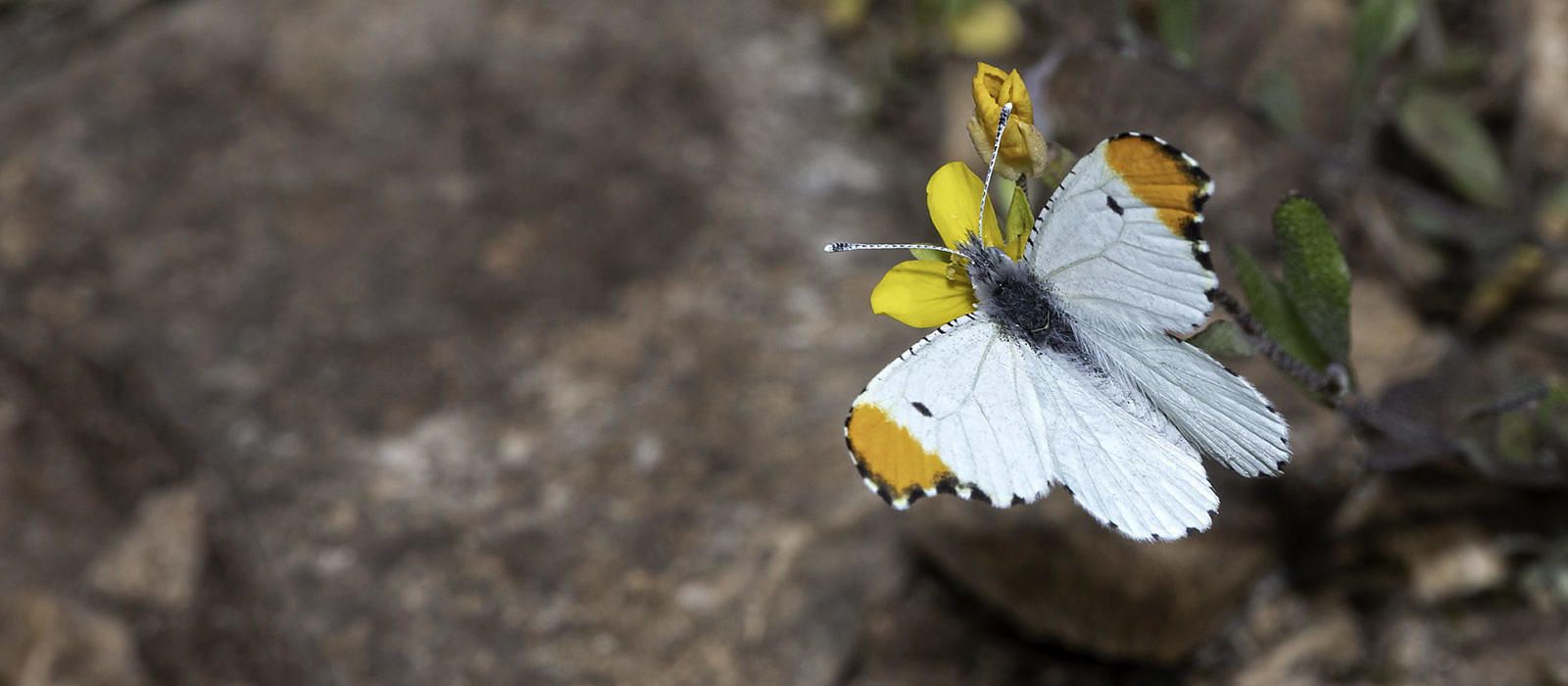
Orange and Metal
Butterflies, Charisma and Coronavirus
Say what you will about Vermont, about maple syrup or fall foliage, about Ben and Jerry or even Bernie. One thing is beyond dispute: my otherwise magnificent state suffers from a lack of orangetips and metalmarks.
Which is among the reasons I was fortunate to be messin’ with Texas again this past month. These two southern butterfly groups, displaying opposite “personalities,” will charm you into extreme vernal pleasure, so much so that you might decide to quit your job, sell your house and become a lepidopterist (or even move to Texas).
Orangetips are free spirits. Flighty and ephemeral, they appear from nowhere, dart past you as if you do not matter (and you don’t), stop to sip nectar for but a few seconds, and then fly away without remorse. Elegant and elusive, orangetips are like your unrequited crush in high school: you are in love and yet you do not exist. (Yes, I’ve moved on, Rosalind Hurwitz, I’ve moved on.)
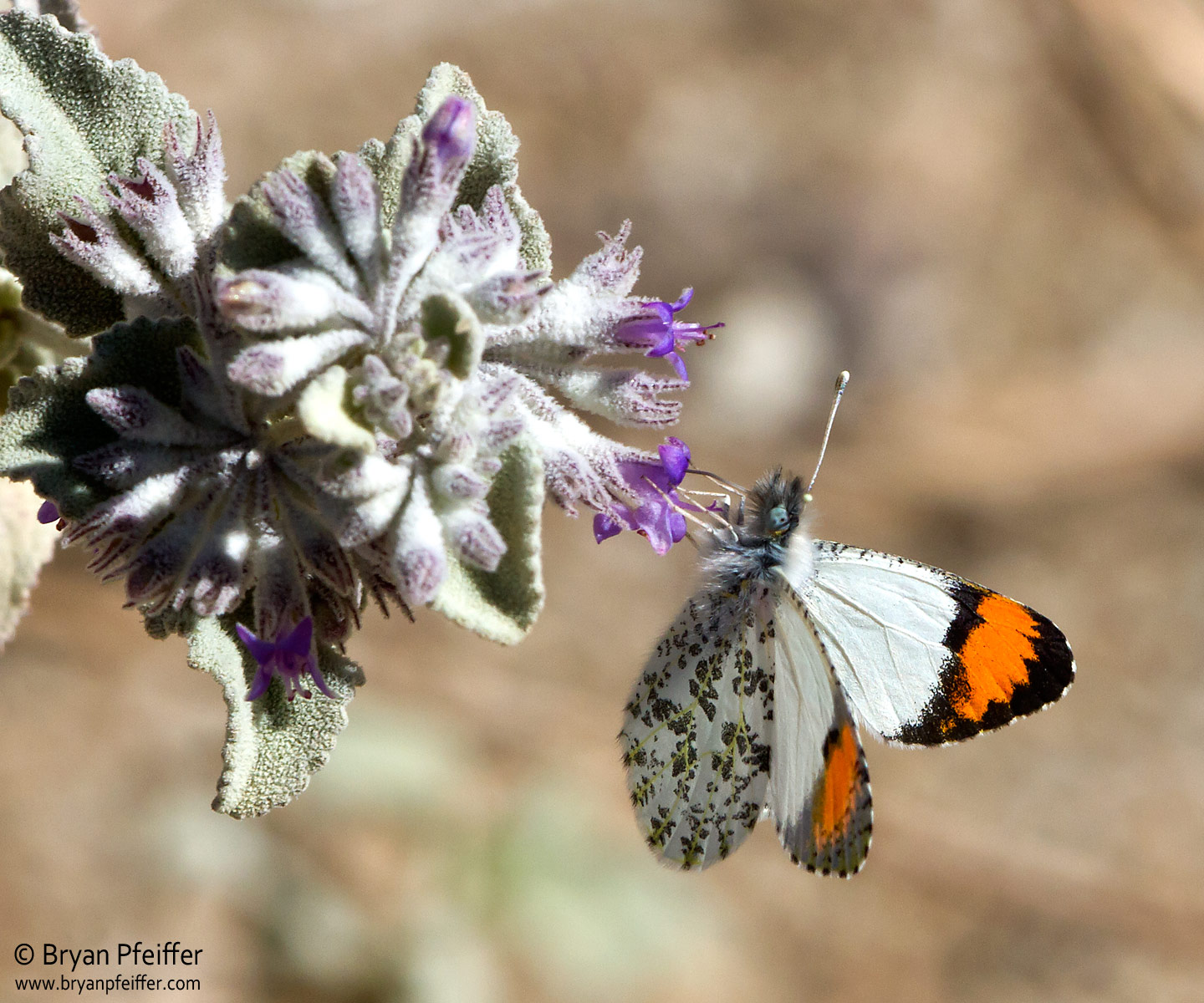
Sara Orangetip (Anthocharis sara) nectaring on Desert Lavendar in southern California. Compare the black markings at the wingtips to those on the Falcate Orangetip (Anthocharis midea), in the banner image above, from Texas on March 1.
Absent from most of the northern US (except across the far West), orangetips are springtime unleashed. I know of no self-respecting lepidopterist who does not love them. And we love them even as they are among the most difficult butterflies to observe — and photograph.
Yes, orangetips are nothing if not flighty, which is why for every 100 photos you take of them, 99 are blurry and one might be a keeper. But orangetips also land with their wings posed unlike many of their kin: in a V-shaped dihedral. Getting those orange wingtips and powder-blue eyes in sharp focus for your photo does not happen often.
And yet you do not complain in their presence. Whether you merely wish to watch them dance in spring or, like me, pursue them with a camera, you do not complain. I don’t care how often your mere thinking about taking its picture sends an orangetip into flight, how often you drop to your arthritic knee only to have the orangetip dart away before you even lift your camera to your eye, how often you think you’re finally getting killer orangetip photos only to discover that your camera’s exposure compensation is set for another planet, or how often you lean back on a cactus only to get glochidia in your butt for two days (instead of ass-kicking orangetip photos), you do not complain. Ever. There is no complaining in the presence of orangetips. Only joy. (All my glochidia are gone now.)
Orangetips could have ended the American Civil War. They are the South’s notice to the north: Spring is coming. Let us rejoice together.
We have six orangetip species, in the genus Anthocharis, and multitudes of subspecies here in North America, and not one of them in Vermont or adjoining states. And yet I have had the good fortune to find at least three of those species in beautiful places across America: Sara Orangetips (Anthocharis sara) in the deserts of southern California, Southwestern Orangetip (Anthocharis thoosa) in the Grand Canyon, and Falcate Orangetip (Anthocharis midea), pictured in the banner image above, flying in force most recently at Ringtail Ridge Natural Area in San Marco, Texas (I bring you all their tidings in more images at the end of this essay). Orangetips could have ended the American Civil War. They are the South’s notice to the north: Spring is coming. Let us rejoice together.
The Metalmarks
And yet if orangetips are flighty and fickle, metalmarks are phlegmatic and faithful. They sit on leaves or flowers or twigs and, in all their glittery glory, pose for you … and pose … often head-down … for as long as you care to look. Metalmarks are like found love, like something so beautiful that you must avert your gaze because you might not be worthy of such good fortune. Metalmarks are like the most beautiful celebrity or work of art, the most striking sunset or landscape you have ever seen, resting there, inches away, for only you to savor.
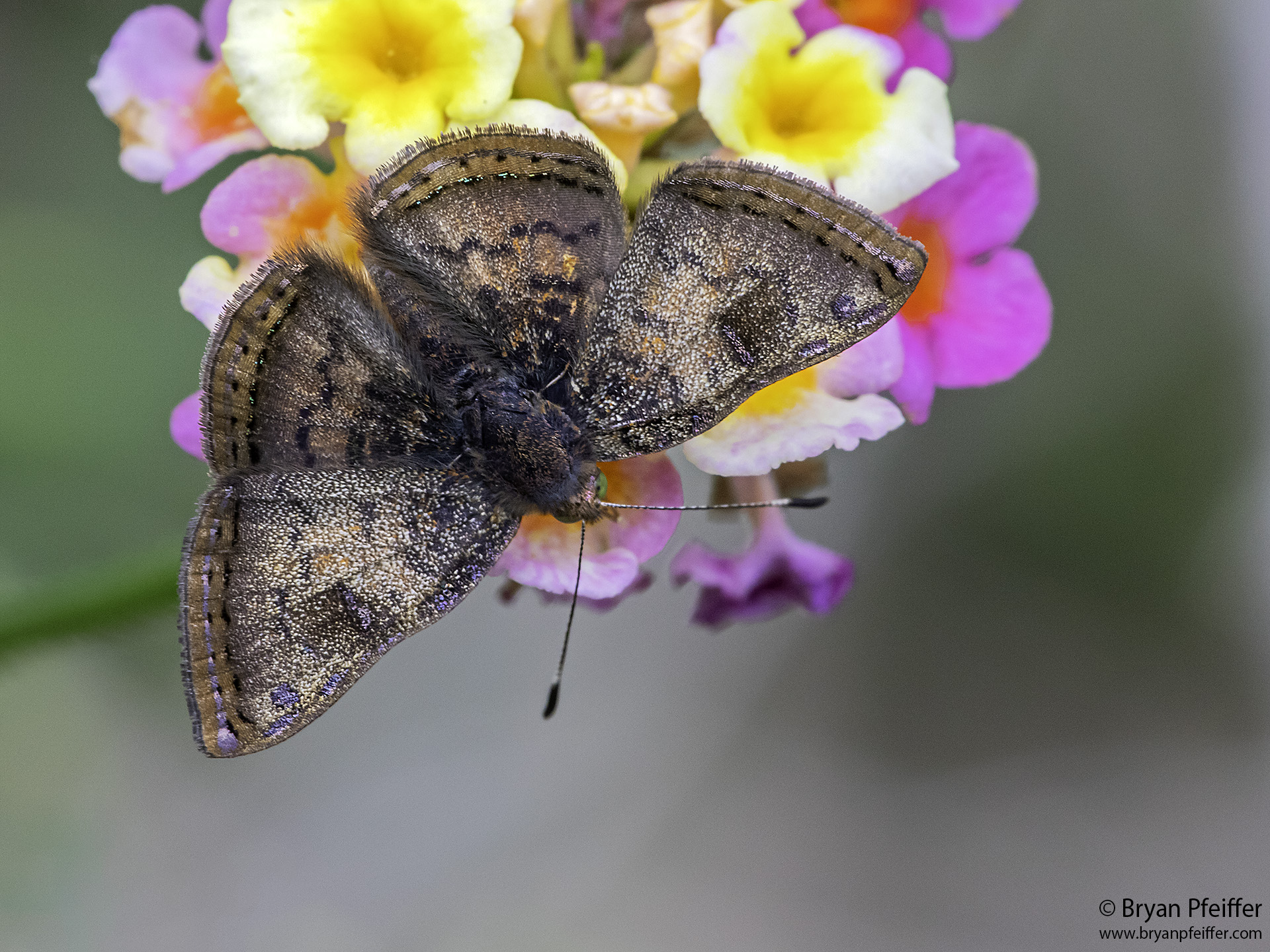 And like orangetips, metalmarks are true to their name: butterflies often marked with metal — either glitter or strands of silver, gold, aqua, blue or other sparkles. It’s as if a butterfly wasn’t already beautiful enough that it must also be adorned with jewels. Sometimes, as in that Little Metalmark (Calephelis virginiensis) above, the silver glitter is obvious among the orange. Or that Blue Metalmark (Lasaia sula), exceedingly rare here in the US, is simply a steely, cerulean overstatement. And yet sometimes you must look closely for your precious metals, which is the case with this Red-bordered Metalmark (Caria ino) pictured here. Click on the image to enlarge it and look closely toward the wing margins to find specks of aqua and violet glitter. (Go ahead, I’ll wait — the colors might at first be hard to find … until they’re inescapable.)
And like orangetips, metalmarks are true to their name: butterflies often marked with metal — either glitter or strands of silver, gold, aqua, blue or other sparkles. It’s as if a butterfly wasn’t already beautiful enough that it must also be adorned with jewels. Sometimes, as in that Little Metalmark (Calephelis virginiensis) above, the silver glitter is obvious among the orange. Or that Blue Metalmark (Lasaia sula), exceedingly rare here in the US, is simply a steely, cerulean overstatement. And yet sometimes you must look closely for your precious metals, which is the case with this Red-bordered Metalmark (Caria ino) pictured here. Click on the image to enlarge it and look closely toward the wing margins to find specks of aqua and violet glitter. (Go ahead, I’ll wait — the colors might at first be hard to find … until they’re inescapable.)
The metalmarks’ absence from the northern US (except in the far West) is, in a way, even more of a liability than our omission of orangetips. Orangetips are but one genus among many butterflies belonging to the whites and sulfurs family, the Pieridae. Metalmarks belong to their own family, the Riodinidae. The world has only six butterfly families, all or most of which are represented on most every continent. We’re missing an entire butterfly family here in Vermont and across most of the Northeast and points north.
But that’s okay. The Orangetips and metalmarks of the south fly by way of examples to the rest of us. Now back home in Vermont, I await my second spring with orange and metal: the orange flash of Milbert’s Tortoiseshells on the wing, for example, or the drips of maple sap into metal buckets. Soon our amphibian orgies will begin in icy ponds, and crimson will erupt on the wings of migrating blackbirds (among 50 shades of red in early spring here in New England).
No matter where we live, spring 2020 arrives in a climate of fear, with a virus invading our commons.
And yet, no matter where we live, spring 2020 arrives in a climate of fear, with a virus invading our commons. As if serious illness or death, however remote the odds, aren’t worrisome enough, as if we’re not already divided enough as Americans, a virus now also infects our companionship, our togetherness. It’s keeping us from gathering in cafes and bars, at museums and concerts and sporting competitions, and at some of our most cherished cultural events.
Coronavirus threatens a big part of what it means to be human: to gather together in shared spaces for friendship and the exchange of ideas and opportunities. It’s somewhat reassuring to know that I can face it, at least in part, with actions as simple as washing my hands and being responsible to others if I were to feel sick. And I have faith in my community, my small state, the best state anywhere (our lack of orangetips and metalmarks notwithstanding), and that we will get through this together as best we can.
It’s also nice to know that this spring I will meet with friends, head outside together, and find companionship, (with all due social distancing), sanity and simple joy in the company of our first emerging butterflies.
Addendum: An Image Gallery
A few more orangetips and metalmarks from various places, along with highlights (even a few birds) from my recent expedition to Texas, during which I encountered 80 butterfly species in total. Click any image for a bigger look or to start your slideshow.
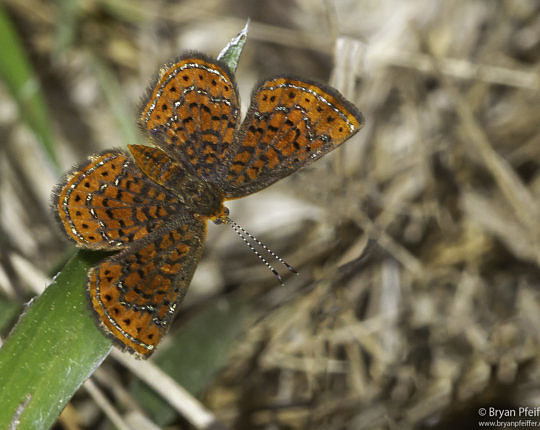
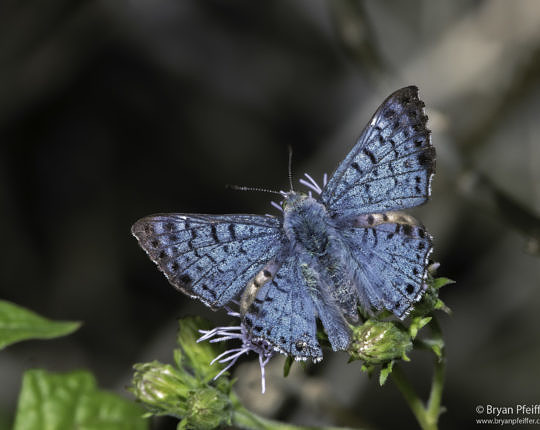
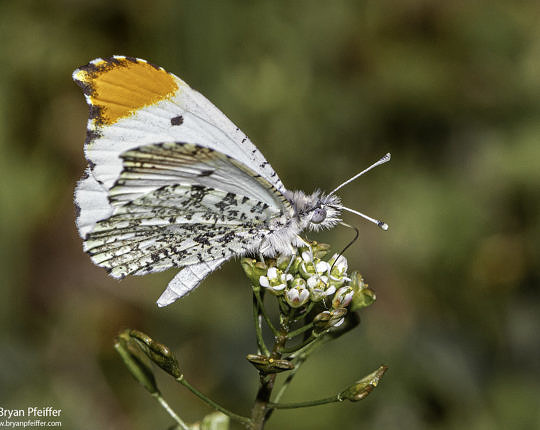
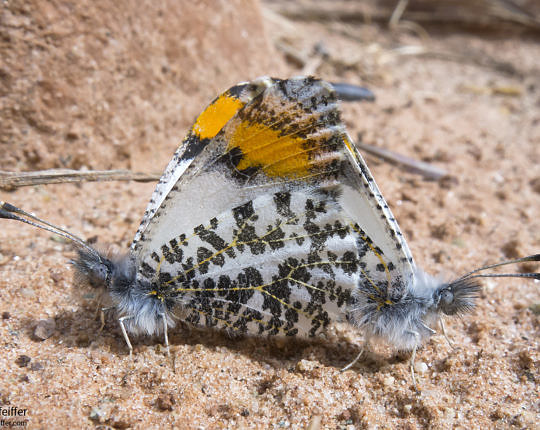

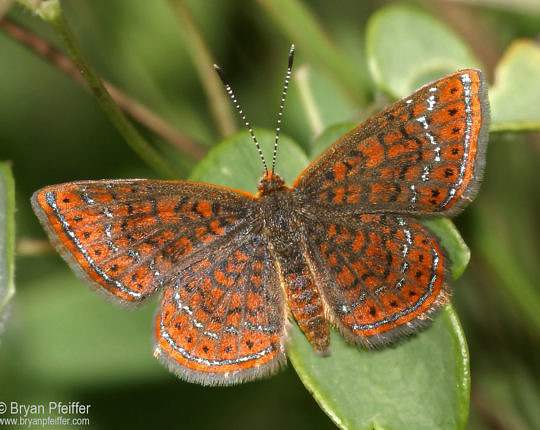
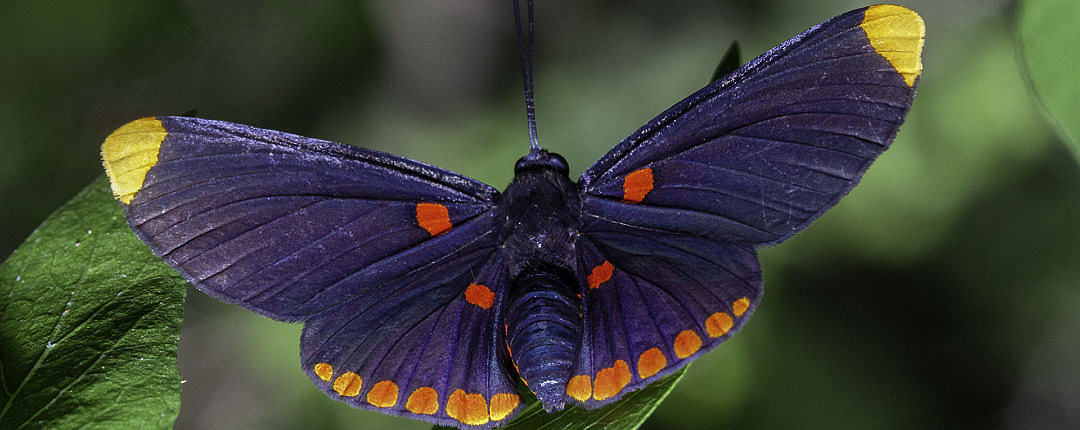
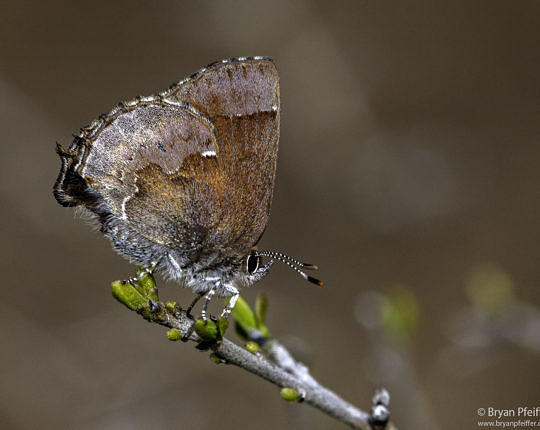
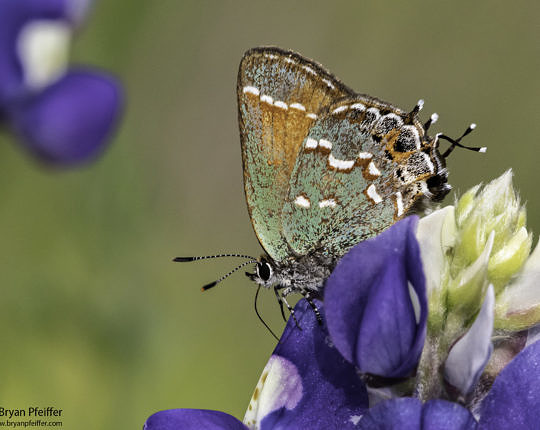
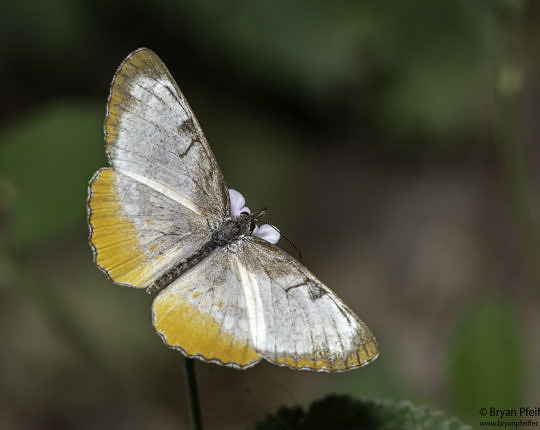
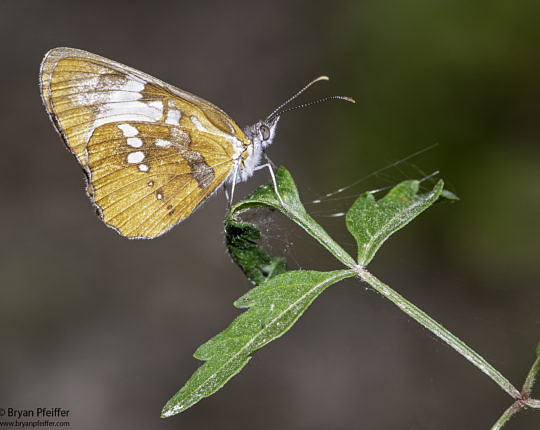
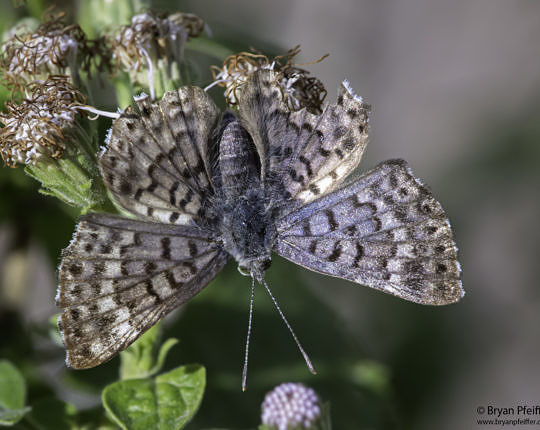

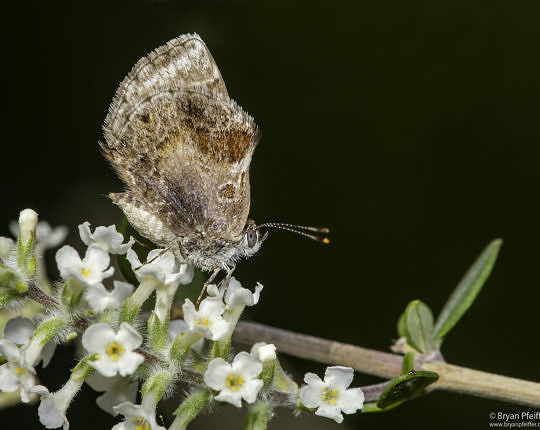
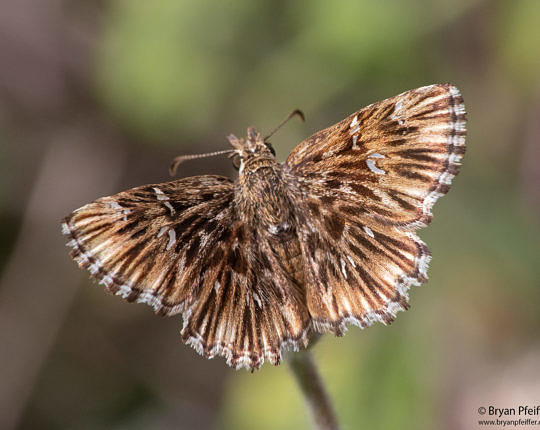

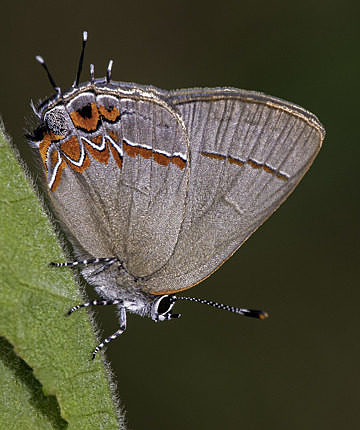

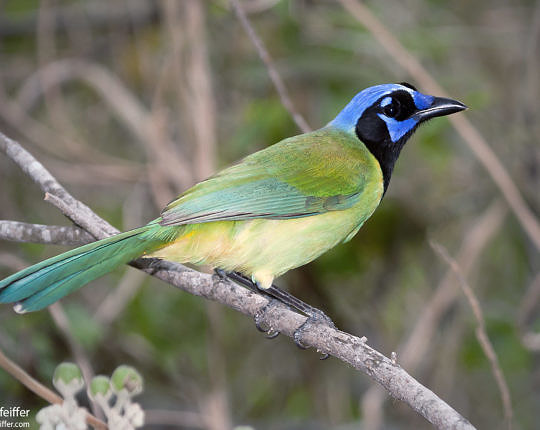

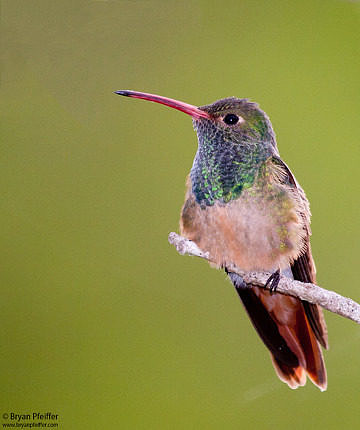
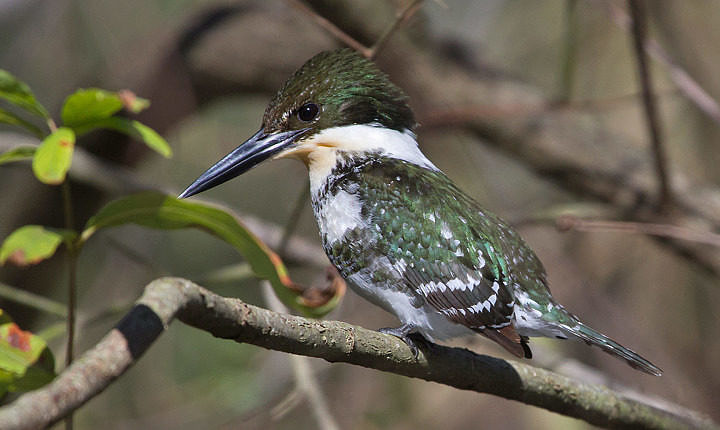

Thank you for reminding me of this blog post. March was a crazy month for us- having just returned from Seattle where we were skiing with the boys, to have the pandemic starting there as we were flying out. Your photos are absolutely astounding and breathtaking – and your wry commentary is delightful. Thank you for sharing your wealth of knowledge and interests with the rest of us earthlings. XO
Thanks, Ernest. Very kind of you. It means a lot to me. Yes, it’s a bit surprising to hear of those numbers from Mexico after such a stunning fall migration (at least here in the Northeast). But having just returned from Texas, I can vouch for the drought. As you well know, this only illustrates how a full-life-cycle view of any organism, particularly a migrant like Monarch, is essential in its conservation picture. A disturbing picture indeed for Monarchs. I look forward to your insights and research!
Thanks, Peter. Yes, the wall is an ever-present matter in the Rio Grande Valley. As I understand it (and I could be wrong), the butterfly center won at least a temporary reprieve on the wall cutting through. But folks there say it is by no means a sure thing moving forward. So many things moving forward are now unknown.
Love your photos, Bryan.
We just received the monarch numbers for the current winter, and the aggregate overwintering area is less than half of what it was for 2018-19. What happened to all those monarchs you and others reported on from the northeast? The loss appears to be from the migration being delayed (the fall was warm) and little nectar being available in drought-struck Texas. I look forward to your comments – always thoughtful and well expressed – about these changes.
Hi Bryan, Really enjoy your sense of humor and great photos. I’ve been to the RGV a couple of times on birding trips.
Do you know if ” THE WALL” cuts through the butterfly park?
“No virus in the Vermont woods” — maybe we should trademark that or hashtag it or whatever! 🙂
I’m home. Puppy on the way! 🙂
Thanks, Phillip! At least one thing Maine’s got on the south. BOLORIA! 🙂
What incredibly beautiful images! Thank you for sharing the nature’s beauty. Yes, best to get outside — there’s no virus in the Vermont woods 🙂 Love this state too.
Dear poet laureate,
You lift our spirits in this down time in our country.
Come home to Vermont.
Peter S
Wonderful sentiments and photographs Bryan — thank you for sharing a love for the wild
Thanks, Sue. I can always count on you for insight and the lep news just a bit farther south. Let’s me know what’s coming my way! 🙂
Thanks, Eloise. Yes, indeed, we all wish Jim were here so that we could join him on those expeditions.
Ha. Well put, David. 🙂 Thanks! Back atcha on your love and nature and the ways you express it!
I think we will always be envious of what others have, grass always greener etc, but yes ‘our’ Orange Tip is beautiful https://blhphotoblog.wordpress.com/2019/05/07/sleeping-beauties/ Our Metalmark the Duke of Burgundy (a grand name and no we have no idea who he was) lacks the glitz of it’s cousins but….https://blhphotoblog.wordpress.com/portfolio/duke-of-burgundy-totternhoe/
Have a great spring Bryan!
Beautiful writing, photographs and butterflies. I appreciate your full on love for nature and hope it spreads like fear of the Coronavirus.
Bryan, what gorgeous photos! And your writing is magical. It describes what we all love about Lepidoptera. Just wish we had metalmarks and orangetips here. And that I still had Jim to lead me on the expeditions pursuing them …
You are so welcome, Rita. Thanks for the kind note.
Just escaping today’s troubled news via your words and images made my day. Here in MA we miss metalmarks and orange tips too. But we had a mourning cloak yesterday on our dirt road and a Morrison’s Sallow at our porch light last night. (The viral plague I wished for-to cleanse the planet-has arrived and it seems our own Nero may be hit with a not so subtle justice.)
Thank you for sharing.
And I’m in the upper echelons of jealousy over “YOUR” orangetip, Brian. It’s spectacular, perhaps enough to make me regret our revolution. 🙂 I must see it before I leave this earth. For folks who haven’t witnessed the abundance of orange on what the Brits call simply Orange-tip, check this out (so lovely — the pictures will make you melt):
https://butterfly-conservation.org/butterflies/orange-tip
And, yeah not to panic — at least not yet. 🙂
Thanks so much Bryan. Wonderful and beautiful. Love your work.
Thanks, David. Means a lot to me. I suspect they’re flying near you now?
Absolutely marvelous! What a fantastic gallery, so jealous still waiting to see my first butterfly of the year. We have one OT and one Metalmark here and I love them both.
As for the virus. As I write just over 100,000 infected worldwide out of what 7 something billion? TB kills over 30,000 a day. Hopefully I’m not wrong but I think there are worse things to panic over.
Thanks, Susan. I’ll see you there at the Nature Center!
Thanks, Daniel. Yeah, more and more, I’m grateful for home.
… and, oh, the moth diversity there. You’d be in heaven!
Glad to be sharing the planet with you, Mike!
Bryan, your photography is inspiring–and your writing is on par with your photos.
So beautiful … both your words and your photos. Especially needed today, for many reasons!! Looking forward to both events at NBNC later in March.
Thank you, Bryan. As always, I look forward to your posts. This one brings the beauty of spring to our minds as well as thoughts about leadership … where it begins, in our own communities.
Thank you again, Bryan, for words and pictures that enlighten, delight, and encourage…always appreciated, but especially in these times. I’ll share this joy-filled post with family and friends.
Worth a trip to Texas, I’m thinking!
Your words are as beautiful as your images, Bryan. Thank you for being on our planet. mike
Fabulous, Diana. Thanks for this. Just what I myself needed to hear coming from your perch in New York. I love the notion of vultures heading toward Wall Street (at least I think I do). 🙂 Enjoy the theater for me!
Thanks, as always, Cary. I hope to see you “out there” soon, maybe in Oklahoma?
I’m thrilled and honored to have transported you there, Georgeann!
You’re most welcome, Pennie! It’s a privilege to post this stuff. 🙂
Thanks, Jo. I really love the idea of faith now — in all its permutations.
You’re welcome, Katherine. Glad to bring you these glittering wings.
Thanks, Bryan. I needed this, too. Beauty like this is a good reminder that’s there’s a whole world out there not worried about such things as a virus or the stock market. (Although I did just see a flock of turkey vultures fly by my upper story window, possibly headed down to Wall Street.)
Calm is being maintained here in the Big Apple, which is amazing. I’m going to the theater tonight.
Bryan, Great photos, Great writing! And thanks for giving us hope!
Sigh…. just what I needed today; I was there, on the spot, to see and hear your poetic descriptions. Thank you again for these healing words and butterflies! georgeann
Wondrous photos – thank you thank you!
Like sunrise and sunset, these creatures are so beautiful, so awe inspiring, so perfect. I am filled with faith when I see these photos. Thank you.
I cherish your bringing the outside world into our home and
the opportunity to share your wonderful writing and pictures
with our Grandchildren.
Thank you, Bryan.